Hay fever and sleep: How to allergy-proof your home
Allergy-proof your indoor space with these expert tips on the best hay fever remedies for the home - for pollen, dust and pets all year round


Jennifer Ebert
The start of summer brings longer daylight hours and warmer weather, but for hay fever sufferers, it also means the start of the dreaded pollen season.
Caused by an allergic response to pollen from trees, grasses or weeds, hay fever season can start as early as February in the US and around late March in the UK - all the way through to September. It is particularly potent during warm, humid and windy weather, which is typically when the pollen count is at its highest.
Typical allergy symptoms include a runny nose, sneezing and coughing, itchy and watering eyes, headache, feeling tired, and an itchy throat and nose. However, there are measures that allergy sufferers can take to minimize exposure to allergens and ease the symptoms.
These hay fever remedies will make your indoor space a safer space. They'll also help with other allergies, too, from dust, pets or mold.
Best hay fever remedies for the home
There are several ways the home can be ‘hay fever proofed’ - we spoke to the experts to find out how to do it.
'By implementing these simple measures, from regular household cleaning to ensuring ventilation and drying laundry indoors, we can ensure our homes are better equipped for allergy sufferers,' says Tobin James, MD at Tempur UK.
'Minimising exposure to allergens will reduce the effects of hay fever symptoms, meaning sufferers can enjoy better quality, undisturbed sleep.'
For allergy sufferers with severe symptoms, Tobin recommends seeking advice from a doctor or pharmacist. These professionals can suggest treatments, such as antihistamines, tablets, or nasal sprays, to ease symptoms.
1. Regular cleaning
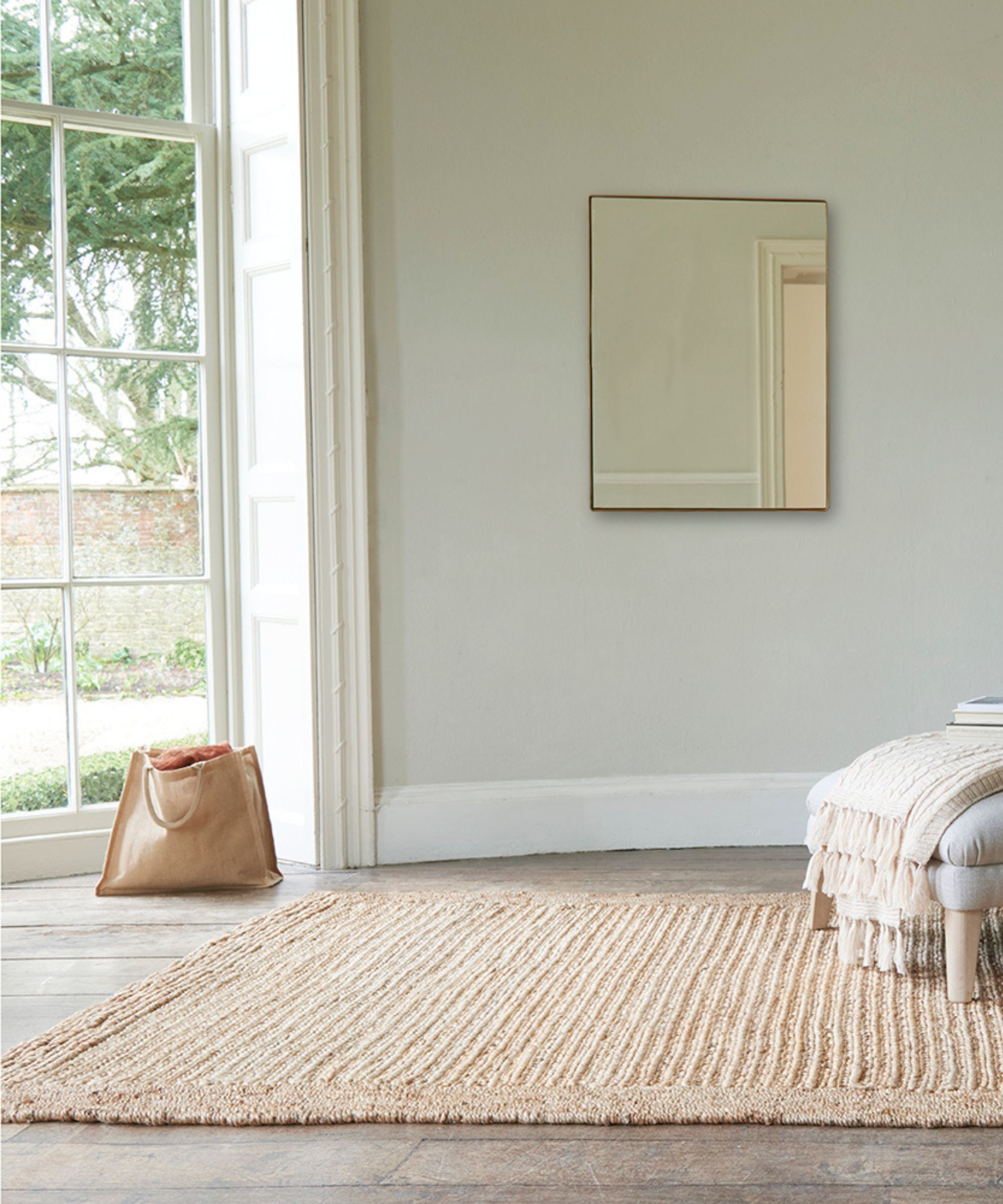
Vacuuming regularly and removing dust from surfaces with a damp cloth can help remove pollen, dust particles, and pet dander (fur and skin particles) that can aggravate allergy symptoms. Don’t forget hidden areas such as behind sofas, inside a fireplace, and in corners of the room, as these places can harbor more dust. You can also buy a special HEPA (High Efficiency Particulate Air) filter bag for your vacuum to further prevent very fine dust particles or pollen deposits from gathering.
2. Air quality
Tania Elliot, MD, immunologist and allergy expert for ZYRTEC, explains how your air quality is the first step to creating a safe space indoors.
'Clean out the HVAC system in your homes first, then keep the windows closed to prevent pollen from getting inside. The pollen can settle into your carpeting, furniture, bedding and upholstery, triggering symptoms.'
For those fortunate enough to have an AC system, it's better to keep the windows closed and use air conditioning throughout the peak summer months.
Do air purifiers help with allergies? If you're without an AC unit, one of the best air purifiers is one of the most effective ways to remove pollen, dust and pet dander from your indoor air. We found that an air purifier with a HEPA filter can massively relieve symptoms at home, particularly when sleeping.
We recommend the Dyson Purifier Humidify+Cool Formaldehyde, as it doubles up as a fan for well-needed cool air in the warmer months. Or, the Dreo Macro Pro also has a HEPA filter and is much more affordable.
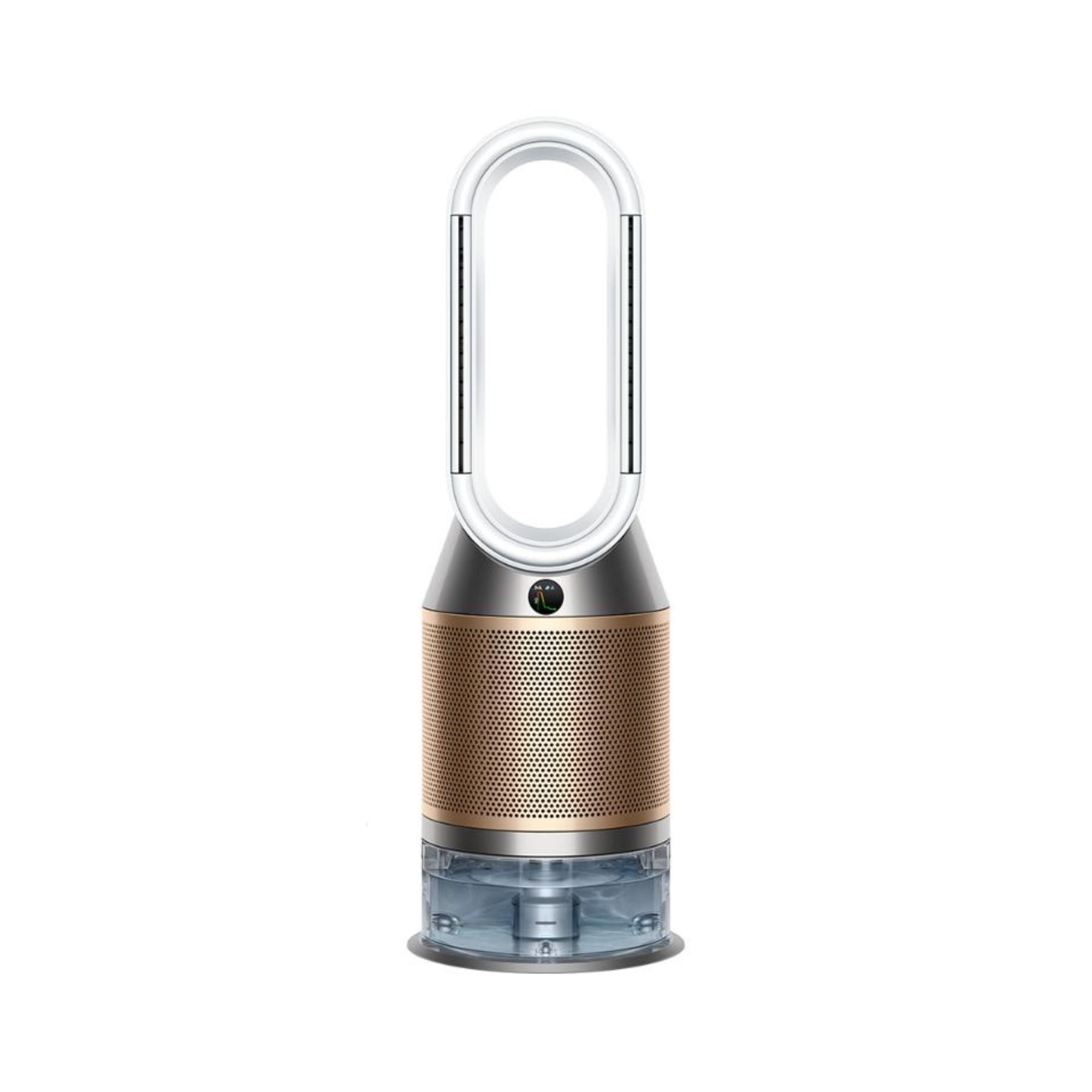
This air purifier detects and destroys formaldehyde, a toxic substance found in home goods and household products, so you can breathe easily.
3. Extractor fans
Use an extractor fan in the kitchen and bathroom to remove moisture and particles whenever in use. Switch the extractor fan before pre-heating the oven and leave it running while you cook and for a few minutes after you’ve finished.
Similarly, keep the extractor fan on during showering or bathing, as this will remove excess moisture and prevent mold build-up. Also, check your heating and cooling system and ensure that ducts are clean and proper air filtration is in place. You should also check your car's ventilation system for the cleanest possible airflow.
4. Clothing and laundry
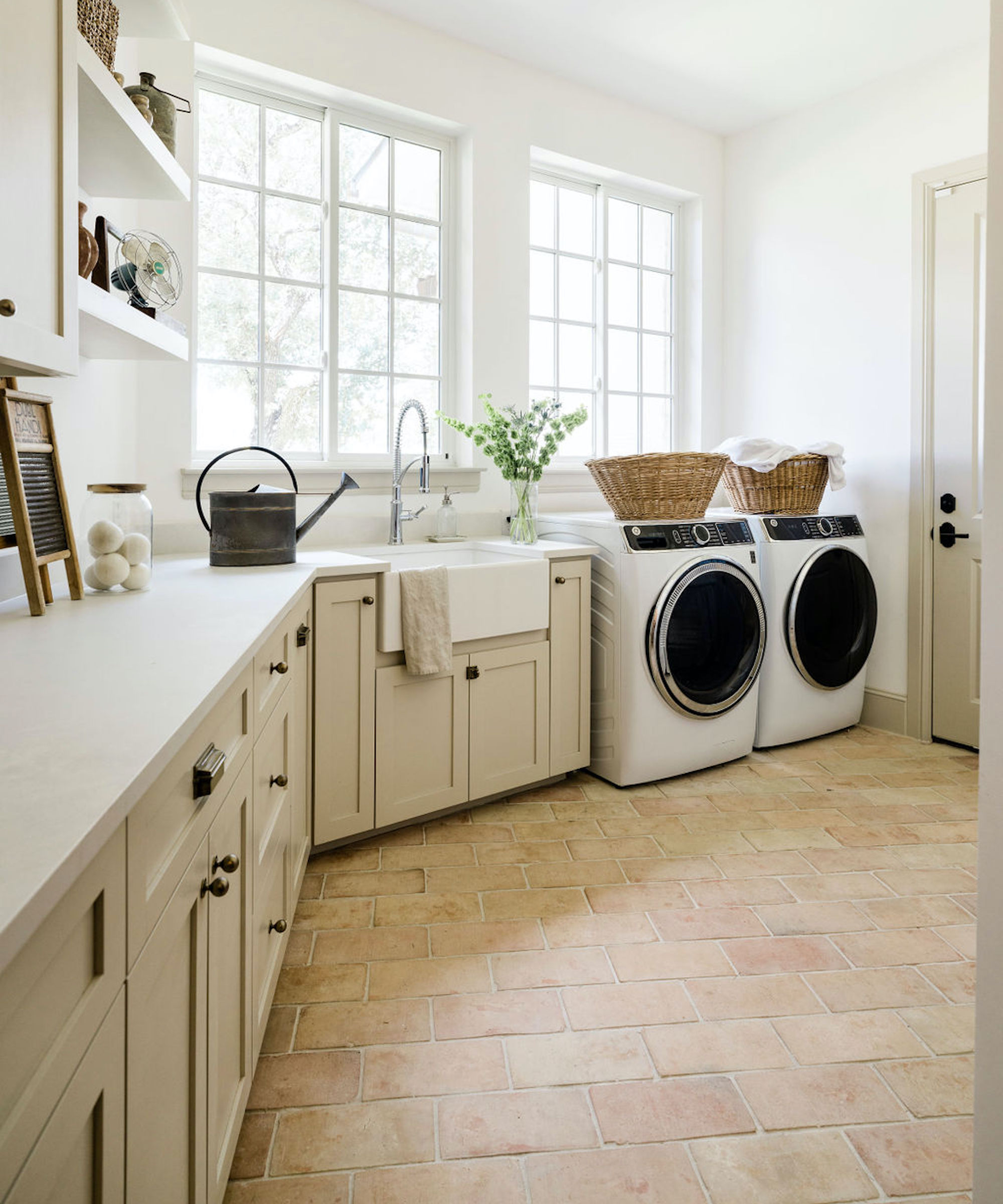
Clothes and shoes can carry pollen and be transferred indoors, so wash clothes thoroughly and change clothes straightaway if you’ve been outside. If you’re a hay fever sufferer, avoid drying your washing outside. This is a magnet for pollen, which can fall on and cling to damp clothes or bedsheets and then be transferred back into the home. Dry clothes indoors wherever possible.
However, for those with an allergy to mold, it is advisable to refrain from drying laundry indoors without a dehumidifier to prevent moisture buildup in the home.
5. Ventilation
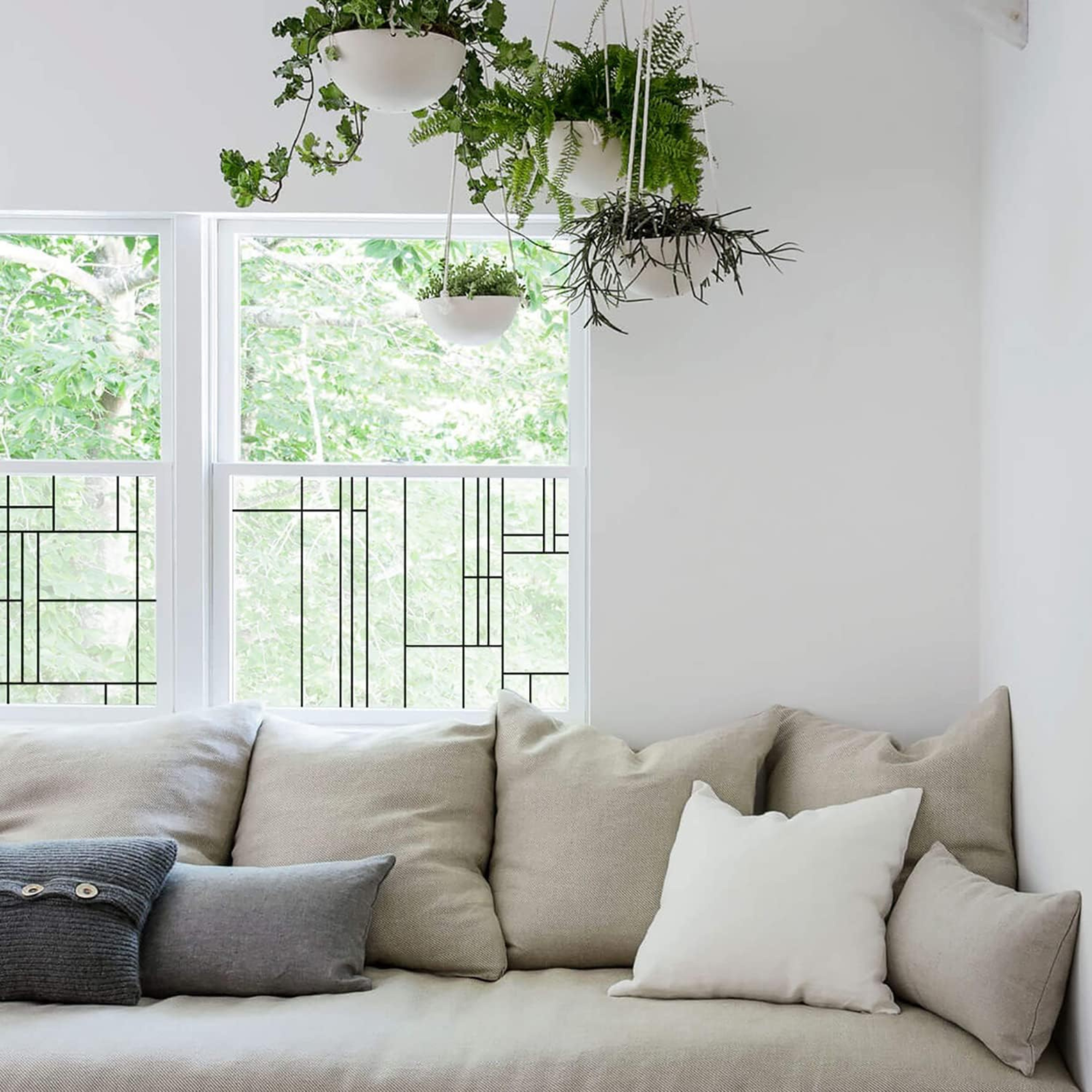
Hay fever sufferers should keep windows and doors shut as much as possible, particularly during high pollen count days. Pollen counts are highest between 5 am and 10 am, so limit exposure outside during these times, particularly if the morning is warm and dry.
Open windows and doors in the evening to prevent locking irritants into rooms. If possible, create a stronger through draft by opening windows and doors on the opposite side of the room. Good daily ventilation to disperse particles building up in the home and reduce humidity is also crucial for those with allergies triggered by indoor allergens.
6. Bedding & curtains
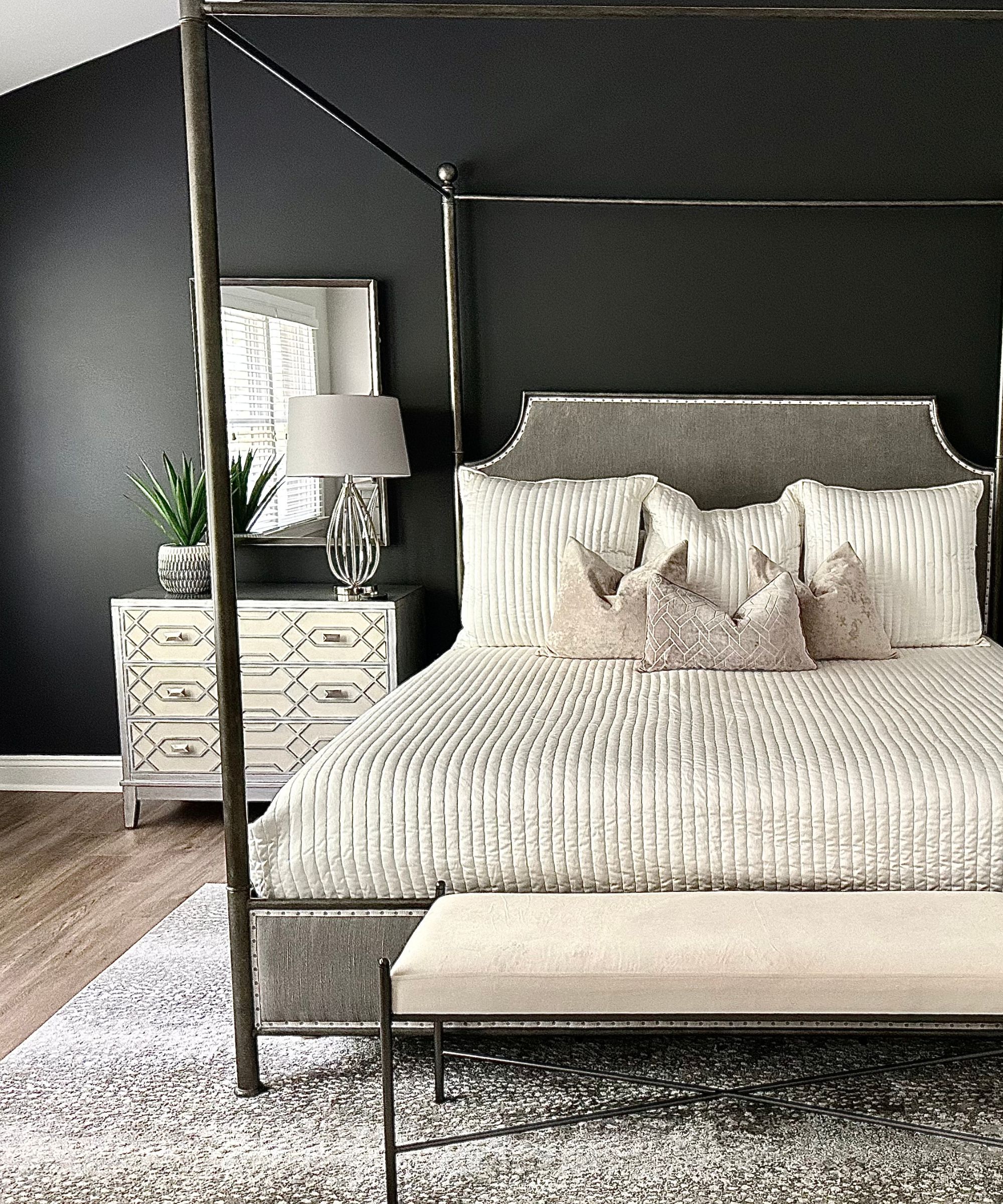
Tania explains how important it is to keep your bedding free from allergies:
'Dust mites can live in people’s bedding and worsen allergy symptoms,' Tania explains. Not everybody is predisposed to dust mite allergies, but 'red or watery eyes, coughing, and an itchy nose, mouth, or throat may be additional signs of a reaction.'
To avoid this, Tania has some tips: 'Consider washing your bedding weekly on the highest heat setting, vacuuming a few times a week with a HEPA vacuum, removing curtains or drapes and switching to blinds, getting rid of decorative pillows, and using tightly woven cotton sheets or dust mite proof sheets.'
Pillows should ideally be changed every 18 months. Within two years of use, one-third of a pillow’s weight comprises dirt, oil, dead skin, and dust mites—not good news for allergy sufferers. And, just as with pillows, it’s advisable to change your mattress every 8-10 years. It’s worth choosing a mattress and pillows with removable, machine-washable covers to promote the best possible bedding hygiene.
7. Be mindful
Pollen from fresh-cut flowers can aggravate hay fever symptoms, as can smoke particles from burning candles and smoking. Avoid household cleaners with high chemical content as the fumes can increase coughing, and try cutting down on alcohol as most alcohol contains histamine, the chemical that triggers allergy symptoms. Take a shower before bed to wash away any pollen on your body; you could also leave your clothes in a separate room to prevent any pollen transfer from the outdoors.
Nettle and chamomile can tackle symptoms through their anti-inflammatory and antihistamine properties, so it’s worth swapping your usual cup of tea or coffee for these herbal alternatives. Keep your bedroom free from fragrances, such as perfume, cleaning products, scented candles, spritzes, and sprays, to prevent increasing an itchy nose, mouth, and throat during the night.
If already have an AC unit or air purifier, consider one of the best dehumidifiers to remove moisture from the air, and the best vacuum for pet hair to remove the allergens from your floors and furniture.
Sign up to the Homes & Gardens newsletter
Design expertise in your inbox – from inspiring decorating ideas and beautiful celebrity homes to practical gardening advice and shopping round-ups.

Dan is the Home Tech Editor for Homes & Gardens, covering all things cleaning, smart home, sound and air treatment across the Solved section. Having worked for Future PLC since July 2023, Dan was previously the Features Editor for Top Ten Reviews and looked after the wide variety of home and outdoor content across the site, but their writing about homes, gardens, tech and products started back in 2021 on brands like BBC Science Focus, YourHomeStyle and Gardens Illustrated.
They have spent more than 200 hours testing and reviewing vacuums for Homes & Gardens, and have even visited Dyson's engineering labs for the full low-down of the ins and outs of our trusty cleaners.
Dan has a BA in Philosophy and an MA in Magazine Journalism. Outside of work, you'll find them at gigs and art galleries, cycling somewhere scenic, or cooking up something good in the kitchen.
- Jennifer EbertEditor
-
 How to grow astilbe – expert advice on cultivating this shade-tolerant flowering perennial
How to grow astilbe – expert advice on cultivating this shade-tolerant flowering perennialShade-tolerant and pest-resistant - astilbe are hardy and tough perennials that can thrive in many settings
By Ellen Wells Published
-
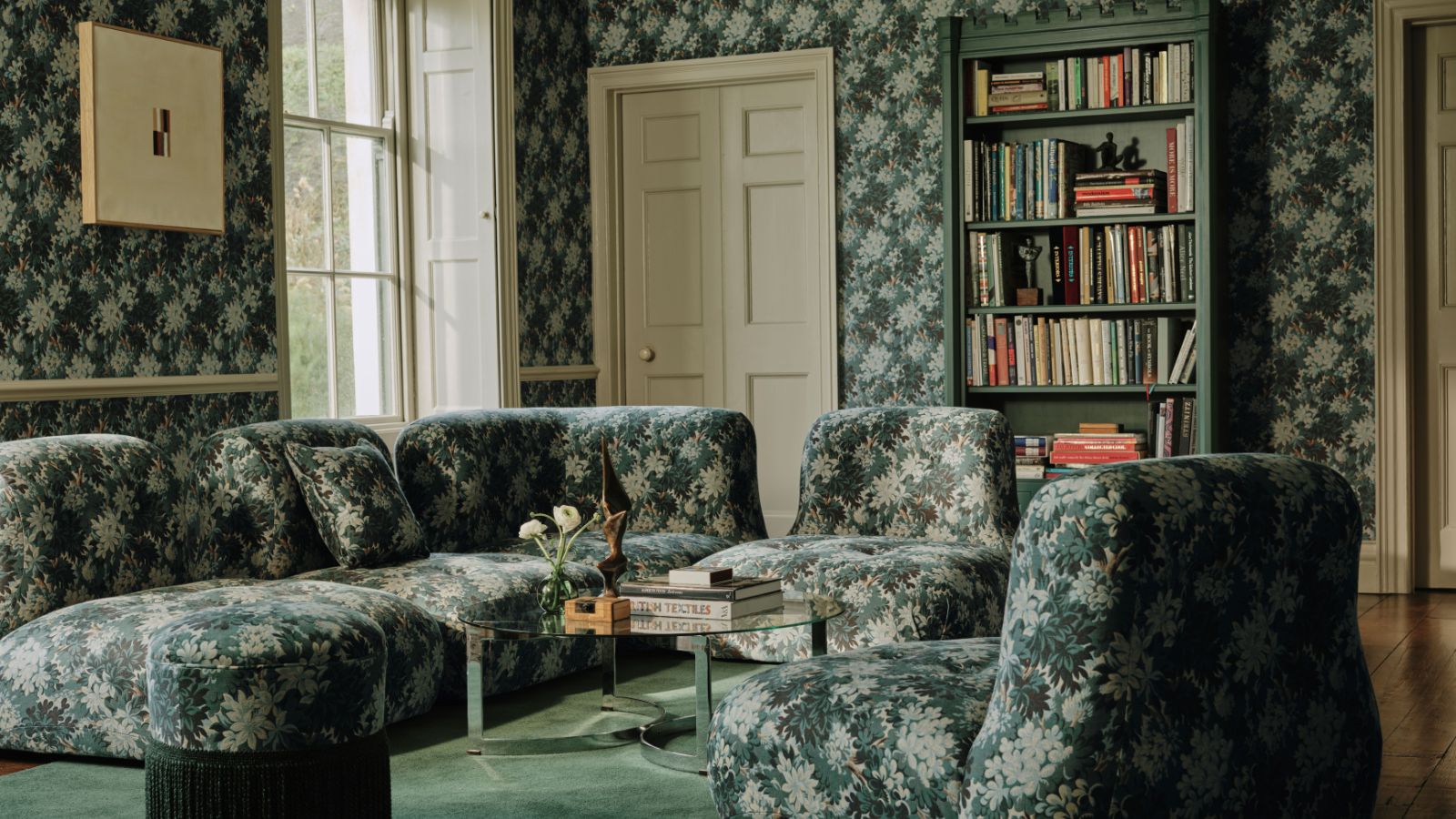 Vintage prints are making a comeback – designers say to look out for these 5 nostalgic patterns this year
Vintage prints are making a comeback – designers say to look out for these 5 nostalgic patterns this yearThese vintage-style patterns are all the rage right now, and we spoke with design experts to learn how best to style them in the home
By Eleanor Richardson Published